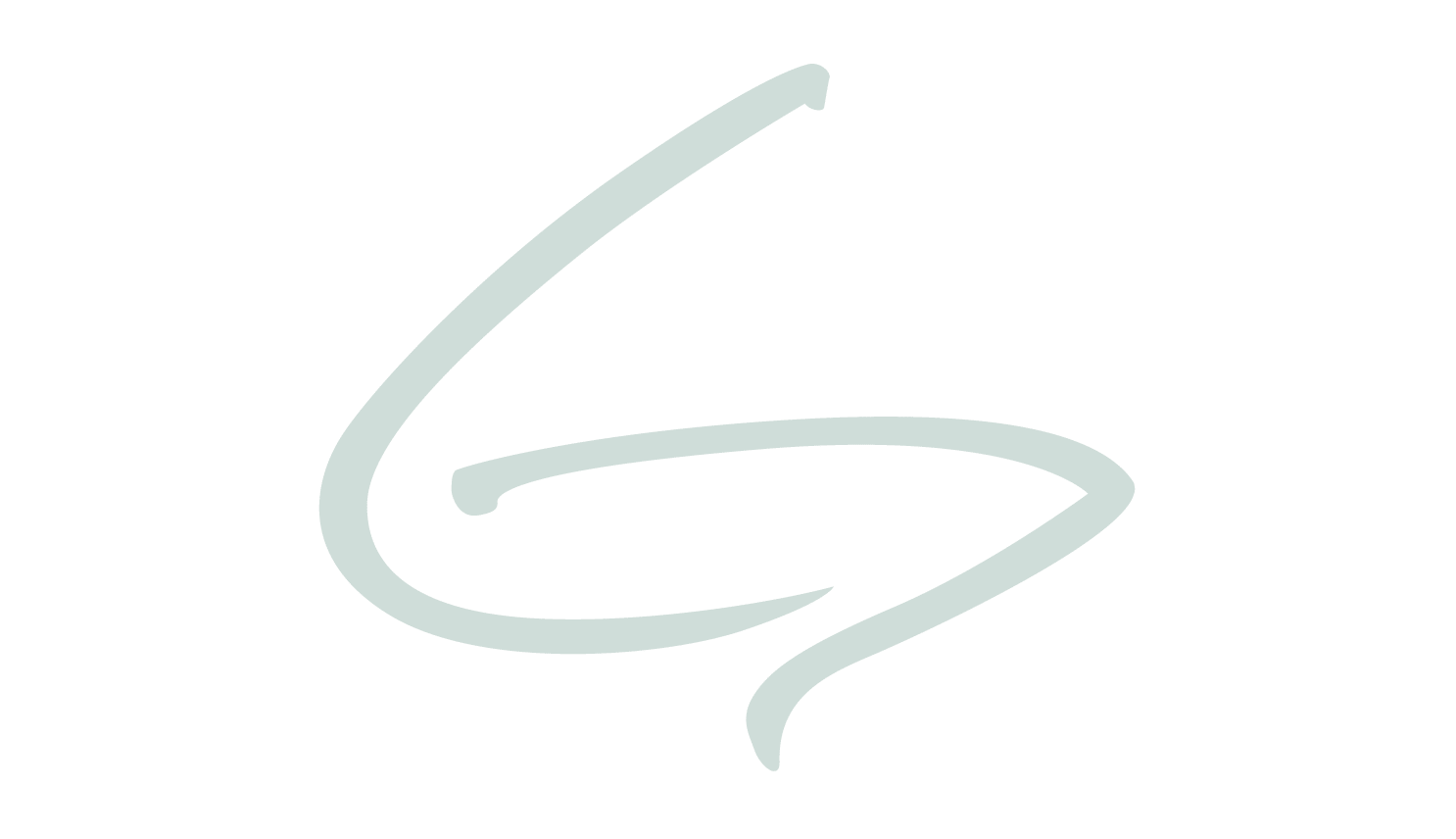August-June
Patterns are a part of our everyday lives and help us make sense of the world. Join us at Greenacres Arts Center to search for and create our own patterns through the visual and performing arts. Parts of this program change with the seasons, so there is always something new to explore!
Fine Arts Standards:
- DN.2.1CR Explore and experiment with basic locomotor and non-locomotor movement patterns using changes in time, space, body shape, and movement quality to construct and express personal meaning.
- MUS.2.1CR Improvise simple rhythmic and melodic phrases using known patterns and a variety of sound sources.
- TH.2.1PE Create movements and voices of characters to communicate feelings and ideas in dramatic or theatrical contexts (e.g., skits, puppetry, pantomime, improvisation and storytelling).
- VA.2.3PE Produce works that intentionally incorporate the elements of art.
Math Standards:
- G.2.1 Recognize and identify triangles, quadrilaterals, pentagons, and hexagons based on the number of sides or vertices. Recognize and identify cubes, rectangular prisms, cones, and cylinders.
- MP.2.7 Look for and make use of structure.
Social and Emotional Learning Standards:
- SEL.A4.2.a Demonstrate confidence in the ability to complete simple tasks and challenges independently, while expressing positive attitudes towards self.
Vocabulary:
seasons, shape, pattern, repetition, rhythm, phrases
